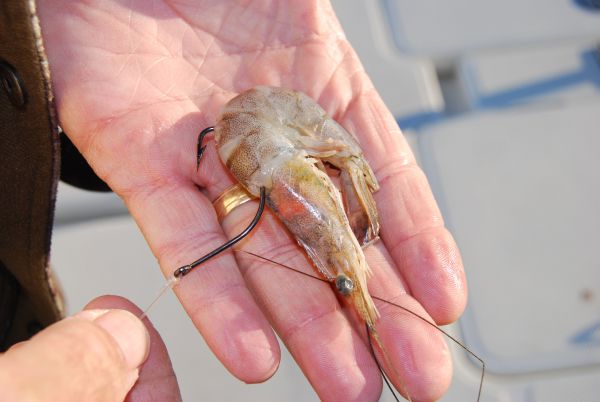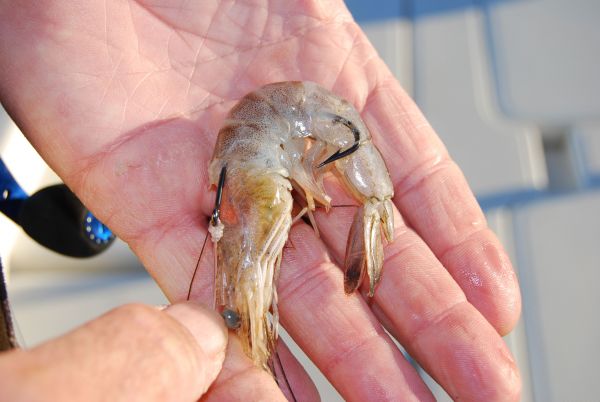
Guide’s tip keeps shrimp on the hook longer for additional casts
If you’re like me, you probably never gave much thought to how you actually hook dead shrimp when you’re targeting redfish.
After all, they’re bullish bottom feeders with a great sense of smell — what difference could it possibly make, right?
That was before Capt. Tommy Pellegrin, with Custom Charters out of Houma, shared a great tip with me that really makes a lot of sense.
And more importantly, it might actually get you a few extra casts on days when you find yourself running low on shrimp.
I had always hooked a shrimp from its front side, right below the head, down to its tail — matching the curve of the hook with the natural curve of the shrimp’s body.
Turns out, that’s exactly opposite the way Pellegrin recommends hooking market shrimp.
“The way you’re hooking it, it doesn’t stay on the hook as well because you’re pulling against the soft part of the underbelly of the shrimp, where the legs are,” he said. “So if you turn it around and hook it in the first joint right behind the head, go one or two joints and come out, the shrimp folds over in the position of a running shrimp so it looks more natural.
“And it slides through the water really easily, so it stays on your hook a whole lot more.”
It made sense to me. Whether you’re popping a cork or working a Carolina rig on the bottom, every time you pop the rod with a shrimp hooked my way, the hook was pushing against the softer side of the shrimp.
And although the fish generally didn’t seem to mind, the shrimp appeared to be moving forward with each pump of the rod — exactly opposite the way they move in nature.

So, depending on how firm or mushy the shrimp are, you might get a few more casts — and catch a few more fish — with the hook embedded in the hard shell, effectively pulling the shrimp backwards through the water.
“It doesn’t affect your hookset at all — most of these fish are going to suck the whole shrimp down anyway,” Pellegrin said. “You just won’t lose your shrimp quite as much because it stays on the hook a little better.”


